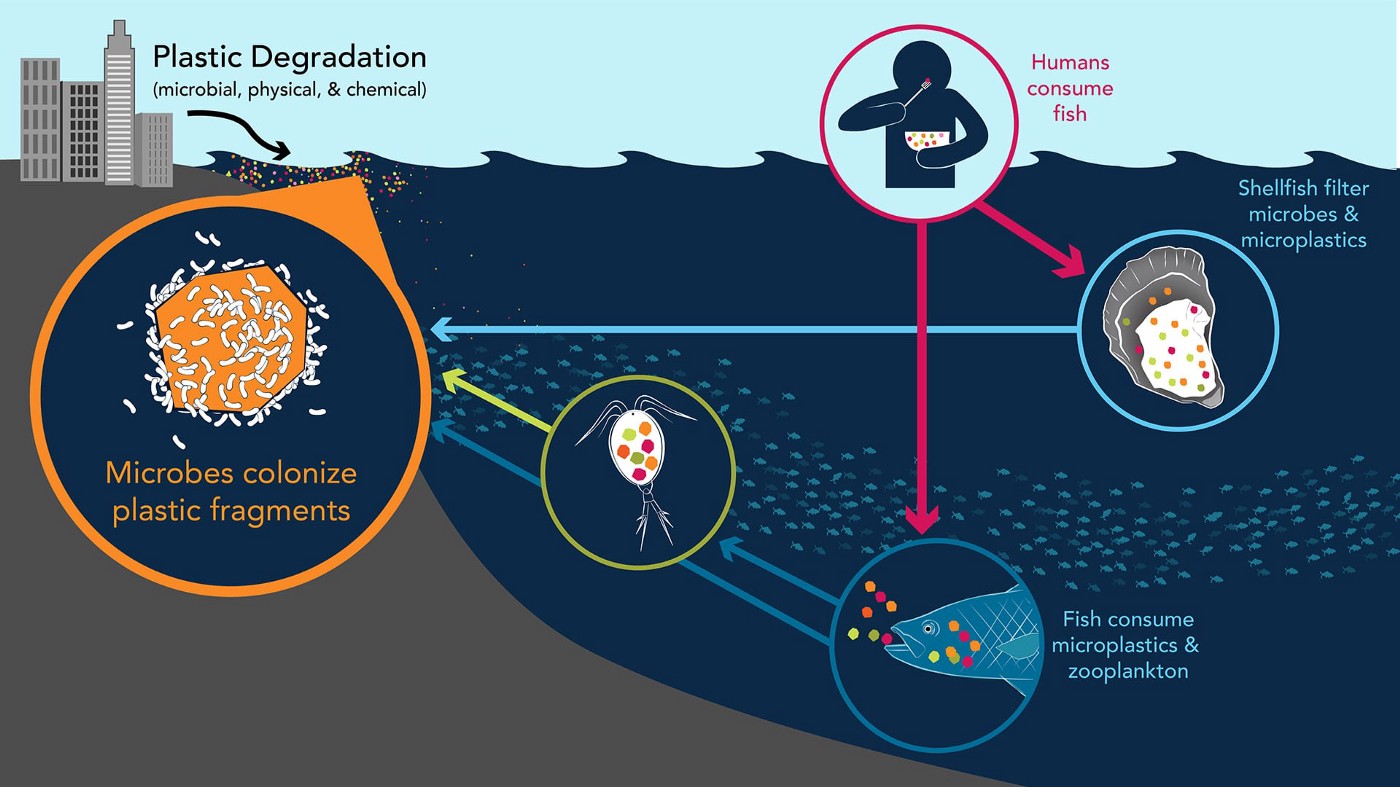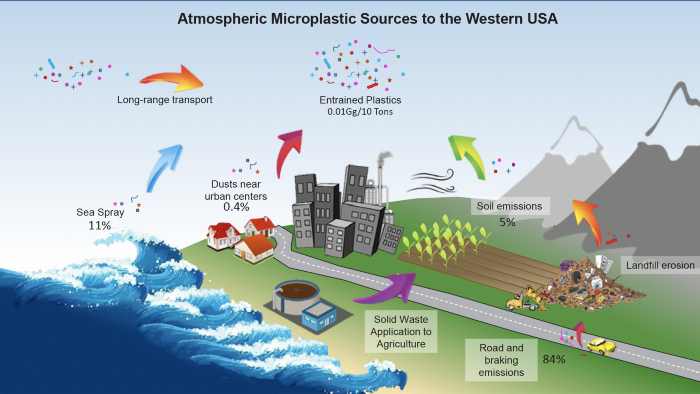“Microplastics (MPs) generally refer to plastic fragments which smaller than 5 mm , and it can be divided into primary and secondary plastic particles according to the each source.
- Primary microplastics:
A common source is from plastic pellets, which are usually produced in factories to make larger plastic products, or made into microbeads and added into cosmetics, toothpaste…etc.
- Secondary plastic particles:
Plastic products are broken down into pieces by the forces of Nature such as the sun, wind, and waves. Synthetic fibers, nylon which are used in clothes, produce the tiny filaments after washing, this also in the same way as secondary plastic particles. The ocean, the biggest plastic soup, has become an endless source of secondary plastic particles.”




